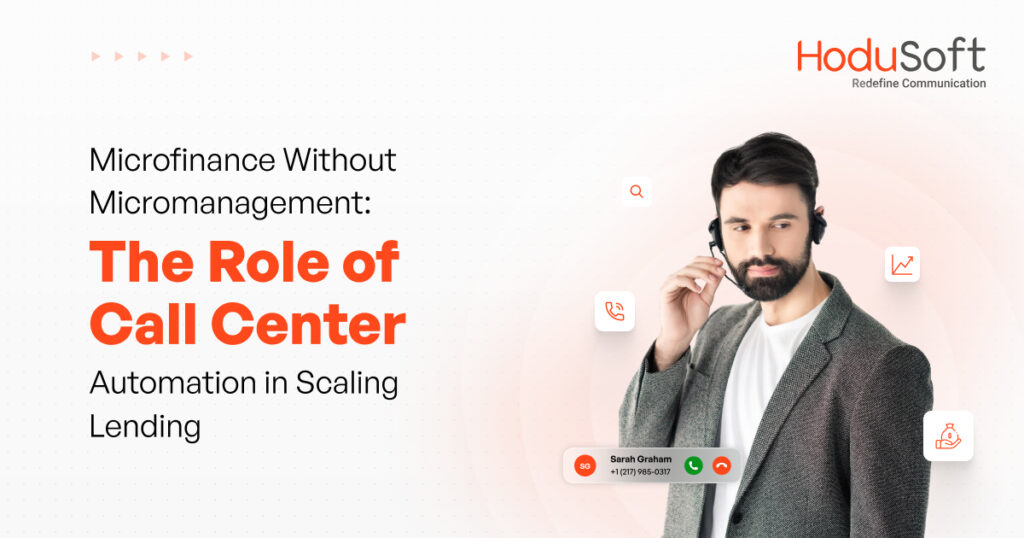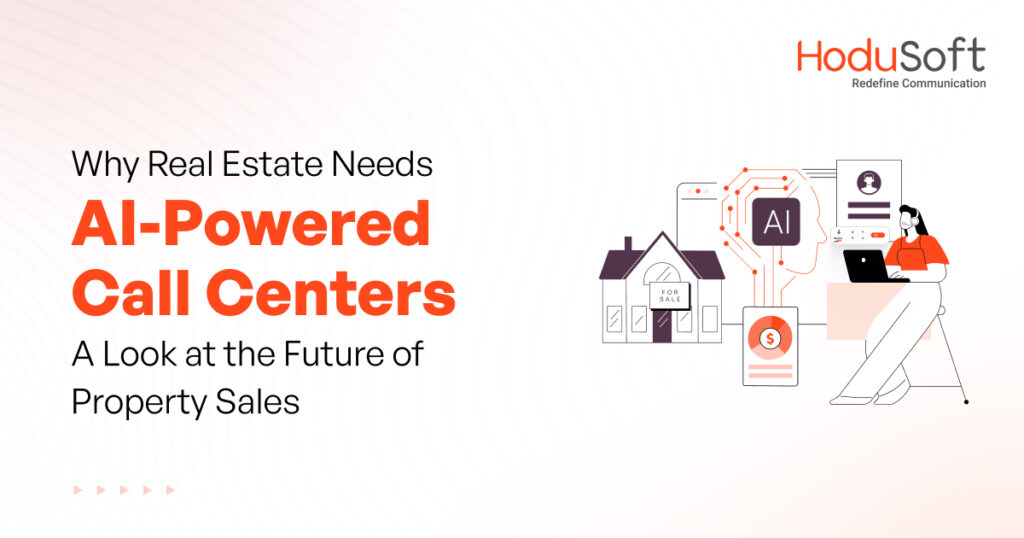11 Must Know Call Center Terminologies- A Guide!
In today’s business landscape, call centers serve as the primary channel for communication with customers, providing them with product and service information and support.
The growth rate of call centers can vary depending on several factors, including industry demand, technological advancements, and outsourcing trends. However, according to a report by IBISWorld, the call center industry is projected to have a compound annual growth rate (CAGR) of 3.3% between 2021 and 2026. This growth is driven by increasing demand for customer service and support across industries, as well as advancements in technology such as artificial intelligence, chatbots, and other automated solutions that can improve efficiency and reduce costs.
Apart from the above mentioned factors, the COVID-19 pandemic is another major reason that has accelerated the growth of call centers. This is because many businesses have had to shift to remote work and rely more heavily on customer support services. This has resulted in increased demand for cloud-based call center solutions, as well as virtual call center services that can be operated from home.
Call Center Terminologies You Must Know
If you are related to the call center environment in any way, it’s crucial to be aware of call center terminologies for several reasons:
- Efficient communication: If you are aware of call center terminologies, it helps in the efficient and effective management of communication with your team and customers. If you can understand and use industry-specific language that others use, it will make it easier to convey ideas and resolve issues quickly and efficiently.
- A better understanding of the job: Understanding call center terminologies can help call center agents and customers better understand the different processes and procedures in call centers.
- Improved customer service: Knowledge of call center terminologies helps agents to better understand customer inquiries and provide accurate and relevant responses. This also leads to improved customer satisfaction and increased loyalty.
- Professionalism: The usage of correct and appropriate call center terminologies demonstrates your professionalism and expertise in your field. This also helps to build trust with your customers and colleagues.
Now let’s look at some of the key terminologies that are widely used in call centers-
ACD (Automatic Call Distributor) –
ACD is a telephony system used to distribute incoming calls to the appropriate agent or department.
It works by using predetermined rules and algorithms to route calls based on factors like the caller’s phone number, the agent’s availability and skills, the time of day, and the language preference of the caller.
IVR (Interactive Voice Response) –
IVR is a technology used to automate customer interactions and route calls to the appropriate agent or department.
It allows callers to interact with a computerized voice or touch-tone keypad to access information or perform certain actions, such as routing to a specific department, making a payment, or checking an account balance.
CRM (Customer Relationship Management) –
CRM generally refers to the strategies, processes, and technologies used to manage a company’s interactions with customers and potential customers.
The system typically includes tools for tracking customer interactions across various channels, such as phone, email, social media, and in-person meetings. By capturing and analyzing customer data, a CRM system can help organizations better understand their customers’ needs and preferences, and tailor their interactions and messaging accordingly.
SLA (Service Level Agreement)–
SLA is a contractual agreement between a call center and its clients, outlining the level of service that will be provided. It typically includes specific targets and metrics that define the quality of service, such as response time, resolution time, uptime, and availability. These targets are often measured and monitored using key performance indicators (KPIs) and reported to the customer on a regular basis.
By defining clear service expectations and accountability, SLAs help to ensure that both the provider and customer are aligned on the scope of the service and the level of quality that is expected.
Read Also: How to Start a Call Center: A Complete Guide
FCR (First Call Resolution) –
FCR is a metric used to measure the percentage of calls that are resolved during the first contact with a customer. It is a strong indicator of customer satisfaction and operational efficiency, that’s why FCR is considered a key performance indicator (KPI) for customer service operations.
A high FCR rate usually means that agents are able to efficiently and effectively address customer needs, reducing the need for follow-up interactions and improving overall customer satisfaction.
AHT (Average Handling Time) –
AHT is the average amount of time that an agent spends on a call with a customer, including hold time. It is an important call center metric that is commonly used to measure the average duration of customer interaction, including the time spent on hold, talking to an agent and any post-interaction work.
AHT is calculated by adding up the total talk time, hold time, and wrap-up time for a given set of interactions, then dividing by the number of interactions. It is usually measured in seconds or minutes. It is important to note that AHT can greatly impact customer satisfaction, operational efficiency, and cost.
Abandoned Call –
An abandoned call is a commonly used term in call centers that refers to a situation where a caller hangs up or disconnects the call before speaking to a representative or agent. There can be several reasons for an abandoned call such as the caller getting tired of waiting on hold for too long, experiencing technical difficulties, or losing interest.
A high abandoned call rate may indicate a problem with call center staffing, technology, or customer service processes, and can negatively impact customer satisfaction and business outcomes.
Queue –
A queue in call centers refers to the line of calls waiting to be answered by agents. When a call center receives more calls than it can handle at any given time, the calls are put into a queue or a line, and callers are provided with an estimated wait time before they can speak to an agent.
Callers in a queue can be put on hold or played a pre-recorded message until an agent is available to assist them.
Call Center Metrics –
Call center metrics are a set of key performance indicators (KPIs) used to measure the effectiveness and efficiency of call center operations. The metrics such as FCR, AHT, service level, abandoned call rate, customer satisfaction, and others provide data that can be used to measure the performance of a call center.
These metrics further help to identify areas for improvement and evaluate the impact of changes and initiatives.
Escalation –
Escalation in call centers refers to the process of transferring a customer’s call or issue to a higher-level support team or manager for further assistance or resolution. In case a customer’s issue cannot be resolved by the first-line support agent or representative, they may escalate the call to a higher-level resource with more expertise, authority, or specialized skills to address the customer’s concerns.
Escalation can happen for several reasons, such as when a customer is dissatisfied with the initial resolution, or when the issue is complex or requires specialized knowledge or access to additional resources. Escalation can also occur when a customer wants to speak with a higher-level representative or manager.
Customer Satisfaction (CSAT) –
Customer satisfaction in call centers refers to a measure of how satisfied customers are with the service they receive from a call center. It is a key performance indicator (KPI) used by call centers to track their performance and identify areas for improvement.
CSAT can be measured using different methods, such as post-call surveys, follow-up emails, or social media feedback.
Conclusion:
There is no doubt that the call center industry will continue to grow as businesses increasingly recognize the importance of providing excellent customer service and support to maintain customer loyalty and satisfaction. Therefore, being aware of call center terminologies is essential for anyone working in a call center environment. It can help you to communicate more efficiently, understand your job better, provide better customer service, and demonstrate professionalism.



